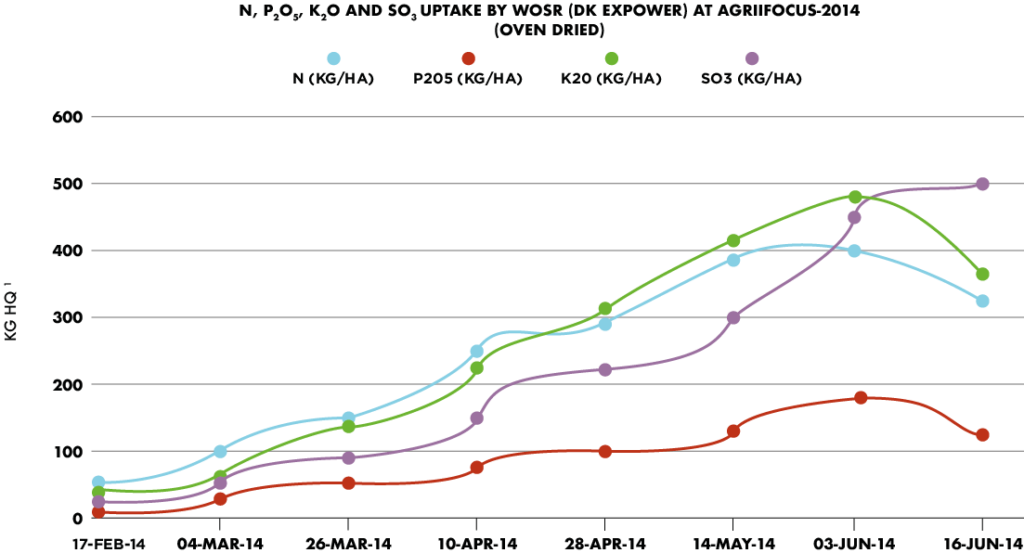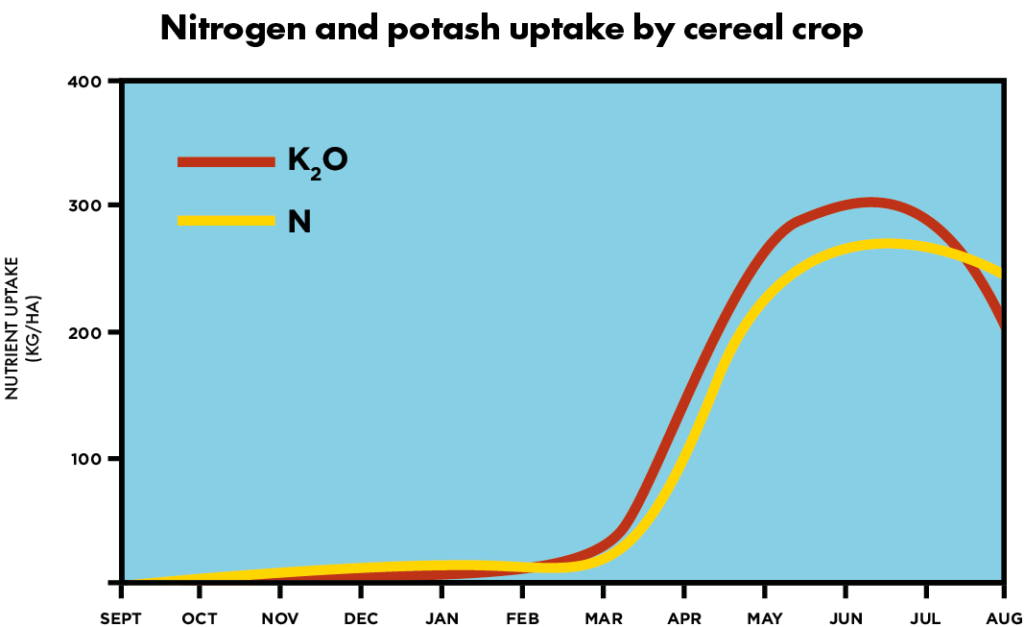Managing fertiliser variable costs can lead growers to make rash decisions to cut back or opt for a PK holiday purely to manage input costs. Adopting practices to target nutrients specific to the soil and crop needs is a more sustainable alternative.


Fertiliser Technical Manager
Soil testing via RHIZA or standard sampling is the foundation of any nutrient management decision, but understanding how to achieve the best from inputs in relation to soil nutrients will help enormously. Couple these results with broad-spectrum macro, micronutrients, organic matter, and soil texture, and you have a complete understanding of nutrient availability. Understanding these values helps to target specific products.
An economic decision for nitrogen inputs can be made by calculating the Break Even Ratio (BER). This is the ratio of grain sold per kg and the cost of each Kg of N applied. To get the most out of your applied N, it is vital to remember the pivotal role that sulphur plays in NUE (Nitrogen Use Efficiency). The absence of sulphur directly correlates to the reduction of nitrogen uptake and protein synthesis in the plant. If sulphur is deficient, you are spending capital on nitrogen for no gain. Subtle nitrogen input adjustments for BER can be made, but it is certainly not the only factor.
Maintaining soils at the appropriate index mitigates any possible seasonal problems (possibly caused by weather) and maximises crop output. Clay soils can hold high amounts of P, but is the P available, and what could cause possible limitations or lockup? Often, high-pH clay soils contain high proportions of calcium, which can lock up nutrients such as phosphate. Sands, for example, tend to have low calcium and low potassium levels. Hence, understanding soil texture can be hugely important.
For where P and K are concerned, they are based on crop demand, and this is a constant. It’s essential that an adequate supply of both P and K is achieved from the soil. Once soils have dropped an index point, like from index 2 to index 1, reversing this change would require a lift of 10 mg/l, thus requiring 400-600 kgs/ha P2O5 or 869 to 1304 kgs/ha TSP, which no grower would ever consider doing. Maintaining a constant level of available nutrients is very important.
Certainly, growers on high-index soils should not waste money on fertilisers where they are not needed. However, tools such as grain and straw testing help to identify if crops are inefficiently using the soil reserves. This is where products such as Agrii-Start Release can be very useful in increasing P availability.
Often, a large amount of focus can be placed on phosphorus; however, potassium (K) is also an essential nutrient for plant uptake. Throughout the growing season, cereal crops take up around 300 kgs K2O from soils. We have carried out some trial work investigating K uptake at one of our technology centres, AgriiFocus, and the results highlighted that OSR took up to 500 kgs of K2O. We do not need to supply crops with these amounts of nutrient in fertiliser, but it is necessary to understand that crops pull up large amounts of K from the soil. Going back to practical aspects, good soil structure is essential to allow successful uptake from soils.
Get further support with your nutrition from one of our experts here
There is such a strong link to K and N uptake that neither should be considered in isolation. Most spring crops are inefficient users of P and K; their root systems are not as advanced as winter cereal crops, which is why responses to fresh P and K tend to be greater in spring crops. For example, spring barley takes up around 7. s K2O per day during the growing season.




